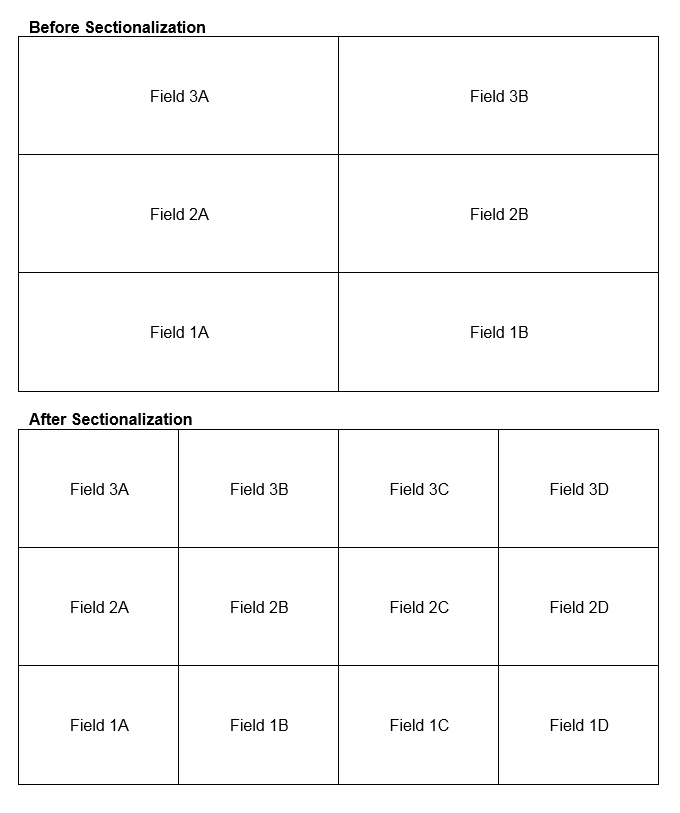Optimizing Corona Power
Optimize Controls
Precipitator corona power is the useful electrical power applied to the flue gas stream to precipitate particles. Either precipitator collecting efficiency or outlet residual can be expressed as a function of corona power in Watts/1000 acfm of flue gas, or in Watts/1000 ft of collection area. Corona power is the product of corona current and voltage. Current is needed to charge the particles, while voltage is needed to support an electrical field that in turn transports the particles to the collecting plates. In the lower range of the collecting efficiencies, relatively small increases in corona power result in substantial increases in collecting efficiency. On the other hand, in the upper ranges, even large increases in corona power will result in only small efficiency increases.
In order to maximize corona power in an ESP, the power controls must be optimized for the process conditions at that time. This includes setting the secondary voltage and current limit, spark rate, spark rate setback and any other controllable variables that are available on the installed controls.
Sectionalize
Electrostatic precipitators are divided into electrical sections that are cross-wise and parallel to the gas flow in order to accommodate spatial differences in gas and dust conditions. Optimization of corona power involves adjusting the corona power (secondary voltage and current) in each electrical section for optimum conditions. When voltage controllers sense a spark they momentarily cut power to the affected field in order to quench the spark. During the quench, collection efficiency of that field is also momentarily lost; however increasing sectionalization of the ESP can minimize this effect. This means splitting the fields and adding additional T/R sets so that a smaller section is affected when a spark is quenched by the voltage controllers.
Helpful Resources
KnowledgeBase: Introduction to Process Influences & Keys to Performance
KnowledgeBase: Improve Flow Distribution
KnowledgeBase: Power Supplies & Controls
Our Capabilities: Control Systems
Our Capabilities: Precipitator Power Components
Our Capabilities: Analytical & Lab Services



